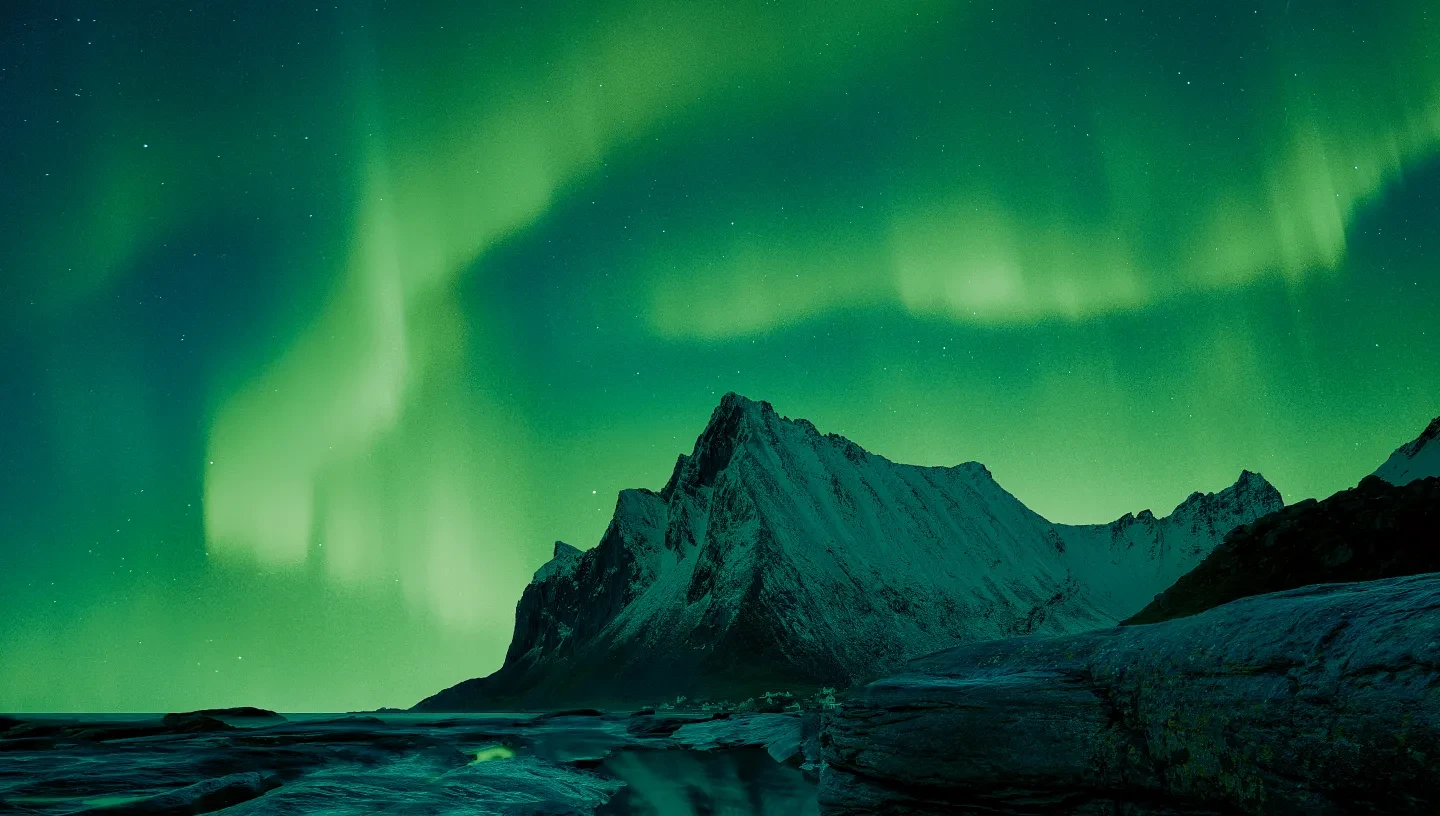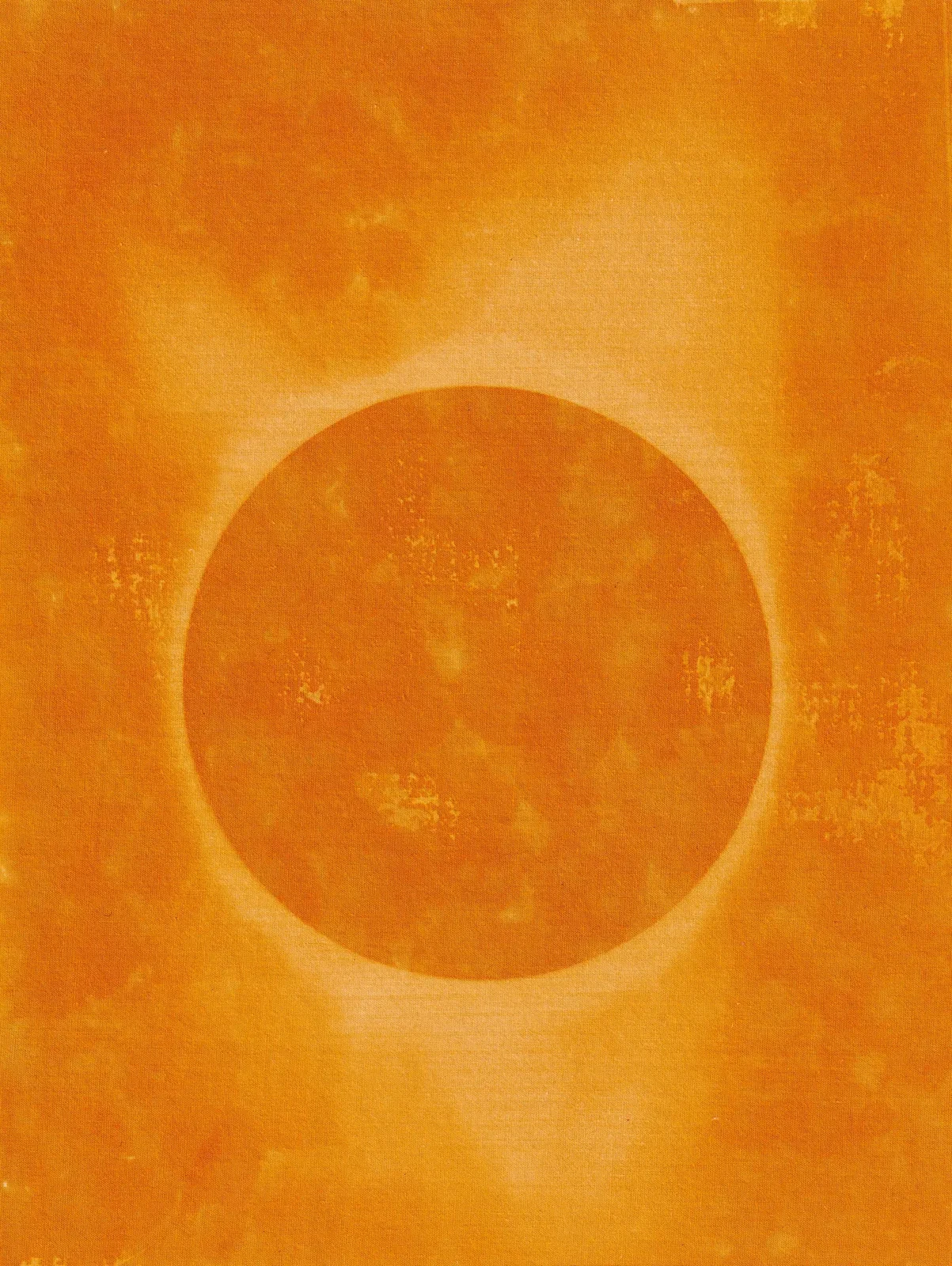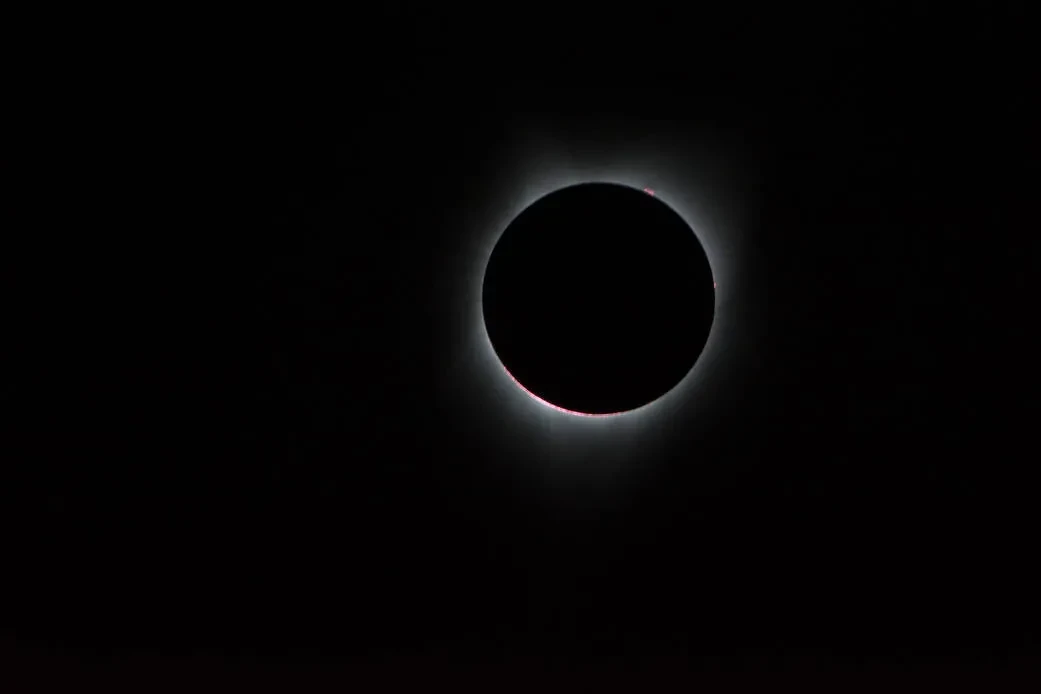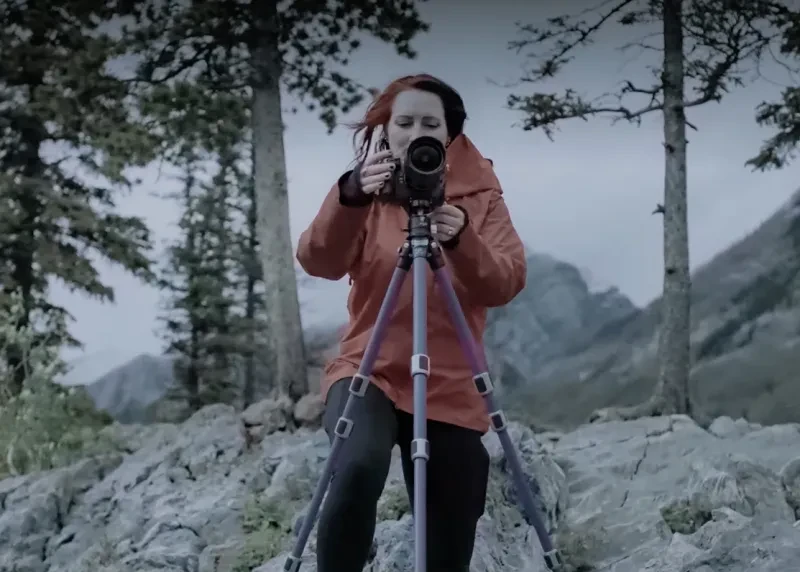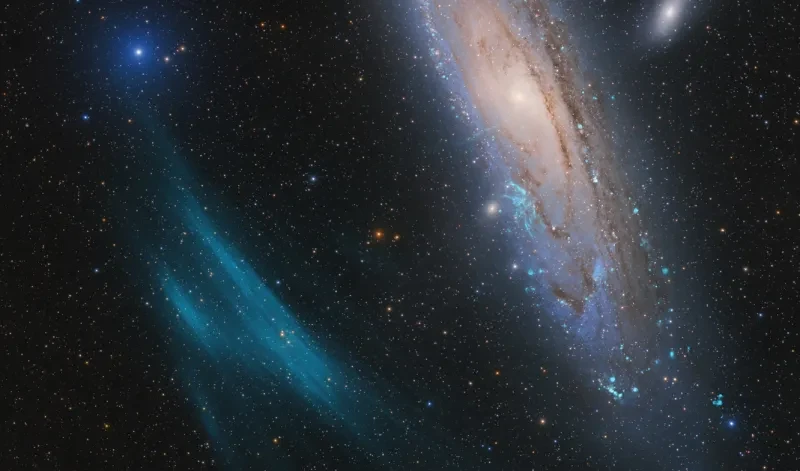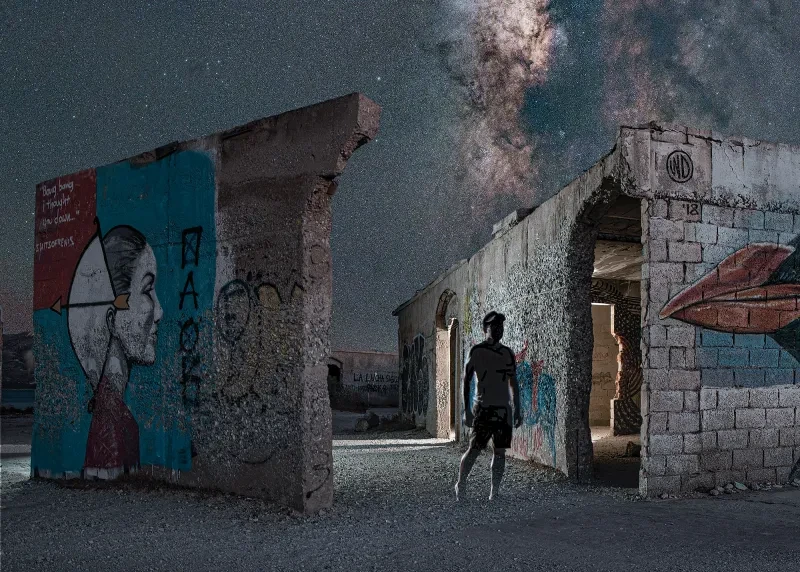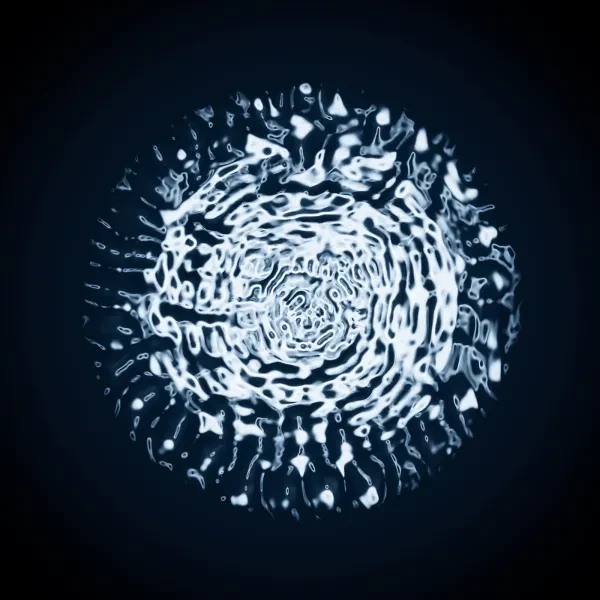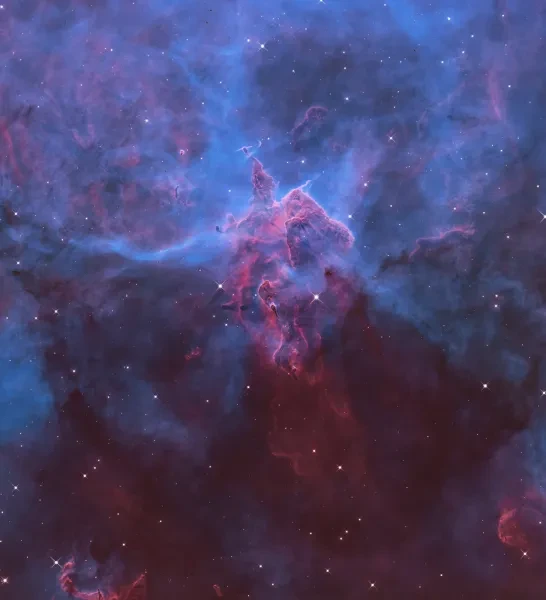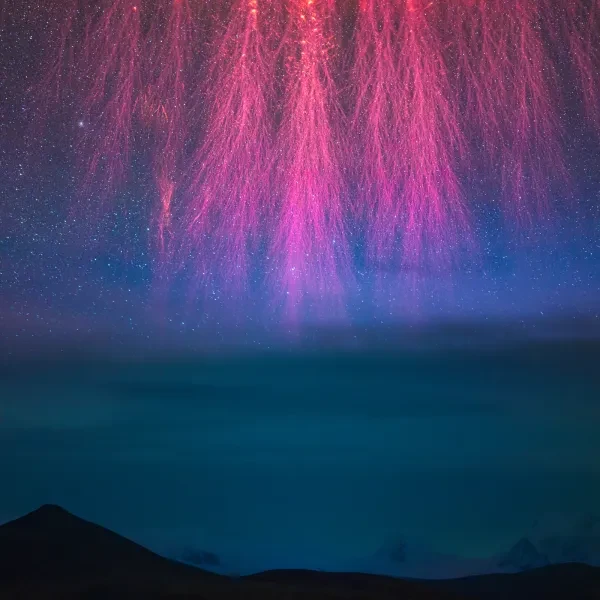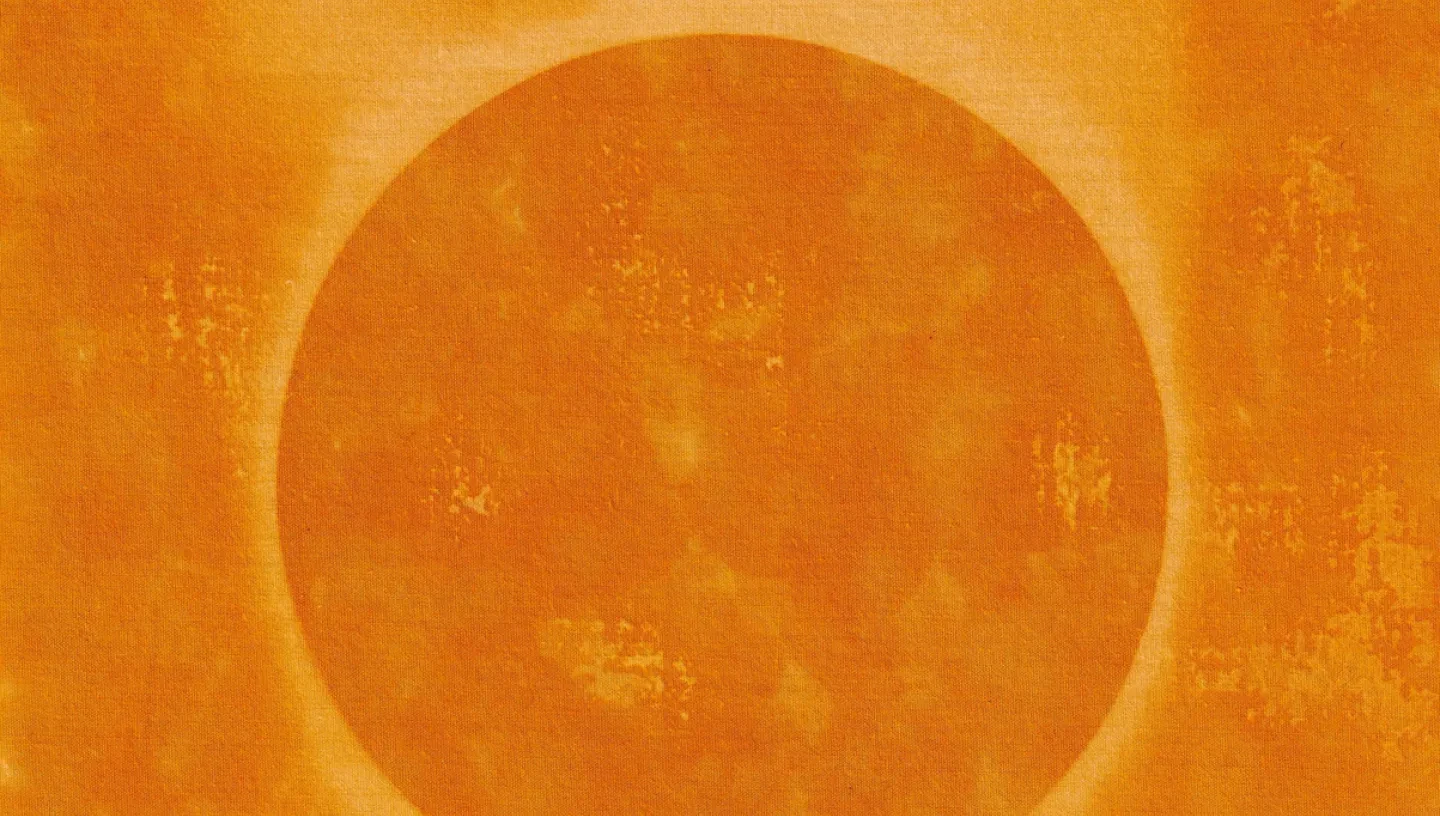
The Astronomy Photographer of the Year competition doesn't just showcase the world's best astrophotography; it also features a special category which recognises astronomical art.
Called the Annie Maunder Prize for Image Innovation, this category is open to everyone with the technical and creative skills to take publicly available data and transform it into an innovative piece of art.
The prize is named after solar astronomer Annie Maunder, who worked at the Royal Observatory and was a pioneer in the field of astrophotography.
Taking inspiration from Annie and her solar research, Wioletta Katarzyna Kulig was shortlisted in 2023’s Annie Maunder Prize for Image Innovation category with her artwork SunSelfie.
The final piece is a solar print: a print created and developed using sunlight. The work depicts an image of the Sun, hence the image's title: it really is a Sun self-portrait or ‘selfie’.
Find out how Wioletta created the print, and what inspired her to make this unique piece.
What is solar printing? How did you create the print?
Solar printing is a photographic technique that utilises solar energy to create captivating prints on various materials such as fabric or paper. The process involves applying photosensitive emulsion to the material, placing a negative on it, and exposing it to sunlight. The negative acts like a mask, blocking the light from reaching certain areas of the material.
Due to the variations in the negatives, the intensity and duration of exposure, the specific qualities of the emulsion, and even the environmental conditions during exposure, each print will have its own individual characteristics. These characteristics might include variations in colour intensity, tonal range, and even subtle irregularities that arise from the interaction of the emulsion with the paper or fabric.
This uniqueness adds an element of surprise and creativity, making every solar print a one-of-a-kind work of art.
What inspired you to create this work?
I've been really fascinated by how art and science can come together. Photography, in my view, is the perfect blend of the two – it began with science and was gradually influenced by artistic touch, finding its place somewhere in between.
When it comes to what motivated me to create this specific piece, it's all about Annie Maunder's influence. She was an incredible sun photographer who revealed the special bond between the sun and Earth through her 'Butterfly diagram.' Her story really sparked my creativity and inspired me to explore the solar printing technique. It's my way of paying tribute to her legacy and merging my passion for both art and science.
Why did you choose this data for your creation?
My work showcases the photograph of a solar corona during the 2017 eclipse, captured by NASA. I chose this specific data due to the technique I intended to use. Solar printing utilises solar energy, so it's like the Sun itself contributes to the creation of each print. The idea of creating a sort of self-portrait of the Sun seemed fun and intriguing to me.
I think that not only does it resonate with art and science enthusiasts, but it also appeals to those encountering this type of astronomical photography for the first time. I hope it's an engaging way to bring it closer to everyone.
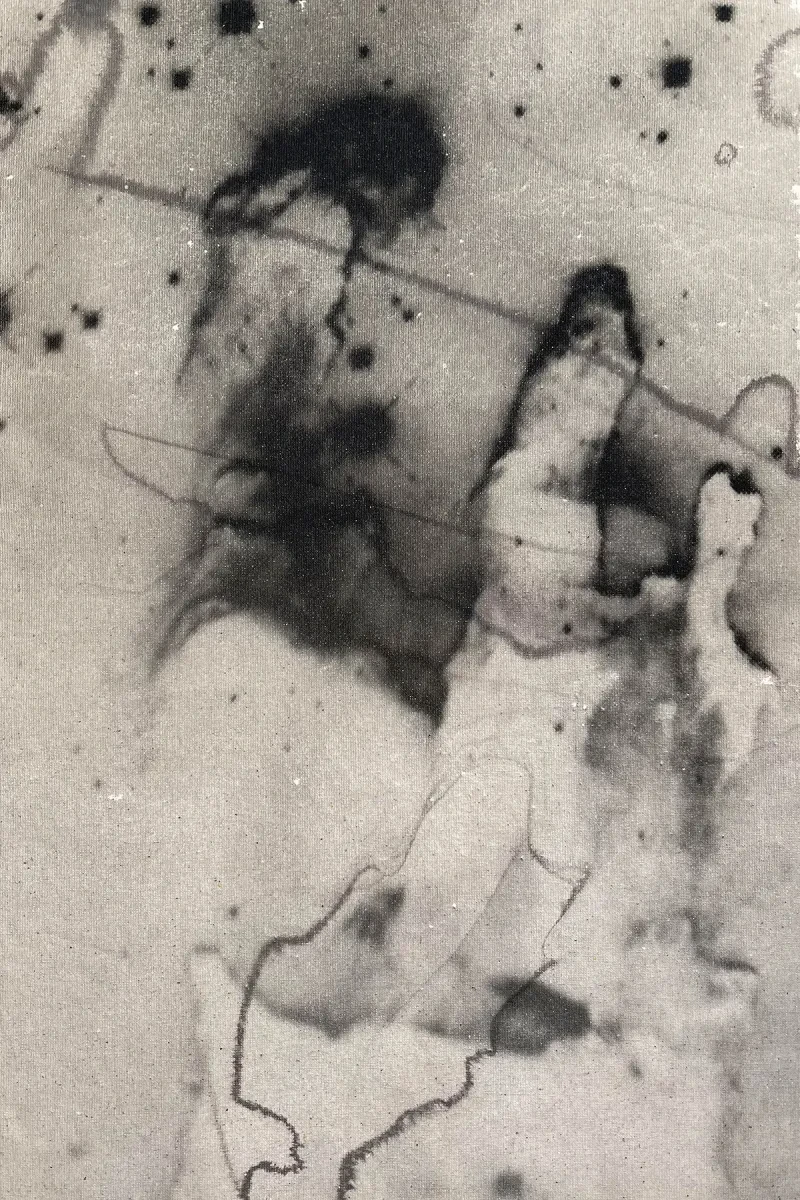
Does space inspire other art you create? What made you want to use science and data in such a creative, unusual way?
In my art journey, science, especially astronomy, is like my North Star. Most of my creations revolve around space and big topics like quantum physics. I strongly believe that science and art aren't far apart; they're different manifestations of the same reality.
Like Albert Einstein once said, "The most beautiful thing we can experience is the mysterious. It is the source of all true art and science." That's why the mysteries of astronomy really light up my artistic passion. Exploring the unknowns of the universe fuels my creativity and shows me how science and art are deeply connected.
Image: Negative Pillars of Creation © Wioletta Katarzyna Kulig, shortlisted in 2022's Annie Maunder Prize for Image Innovation
Art, science and the Sun
The winner of 2022's Annie Maunder Prize for Image Innovation was also inspired by the Sun.
Watch the video to learn about Pauline Woolley's piece Solar Tree, which incorporates solar cycles, dendrochronology and time.
